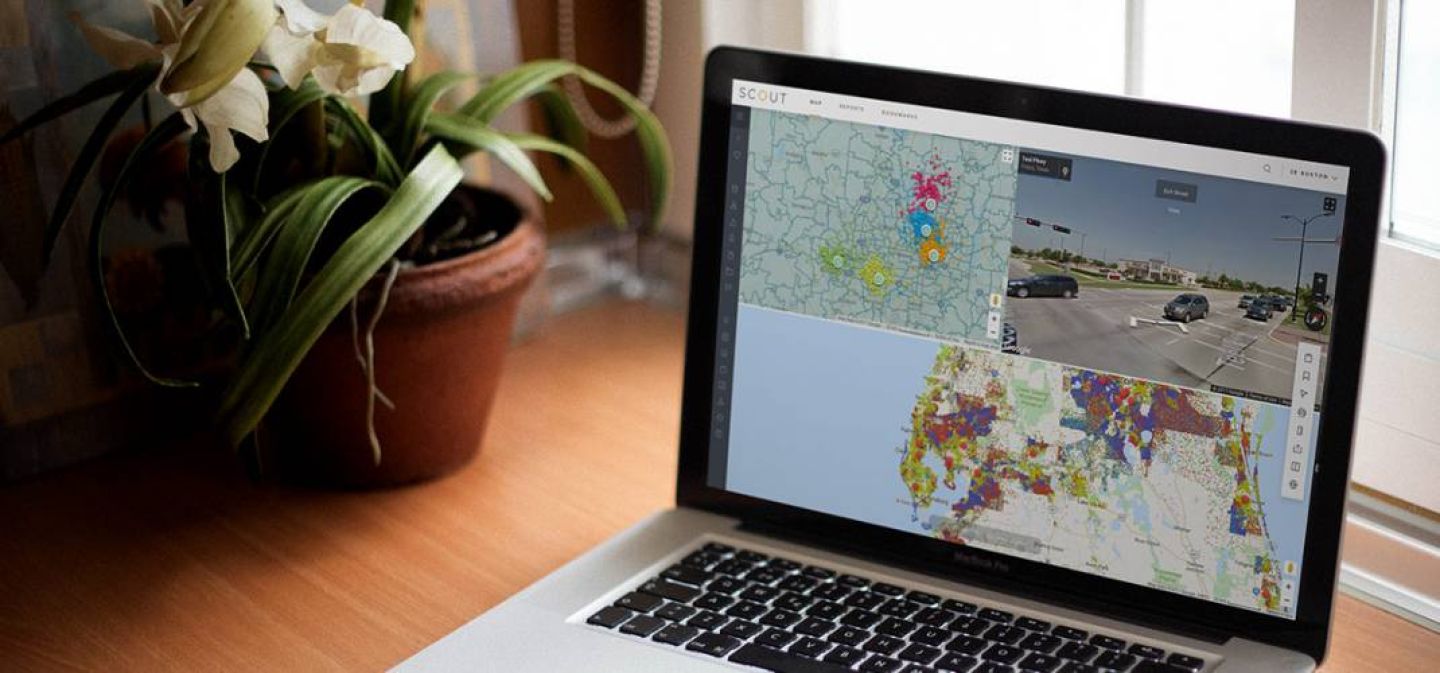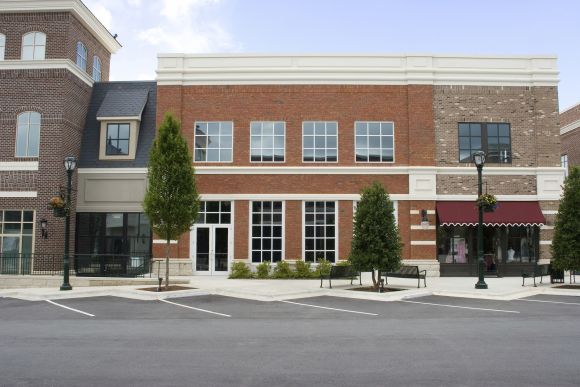When you think about maps, images probably come to mind of paper fold-out roadmaps or perhaps an atlas you used in school. But today’s maps do more than help you find your way from point A to point B. GIS mapping, or Geographic Information System mapping, is transforming how businesses, site selectors, and strategists plan for growth. It enables users to layer geographic data for advanced analysis and decision-making, revealing patterns that would otherwise remain hidden.
From identifying high-demand areas for healthcare services to analyzing consumer density for retail expansions, GIS technology is a powerful tool in any strategist’s toolkit.
What Is GIS Mapping?
GIS mapping is a method of visualizing spatial data using interactive maps. Unlike static maps, GIS maps are dynamic, customizable, and can display a wide range of data layers—each tied to specific geographic coordinates. The layering and interactive capabilities are what set GIS mapping apart from traditional maps.
The way GIS mapping works is by combining a base map (such as a street map or aerial imagery) with multiple data layers. These layers can show demographic trends, business locations, infrastructure, and more. GIS data allows users to toggle these layers on and off to explore different insights based on location.
GIS maps often use visual elements like nodes (points representing locations), arcs (lines showing paths or connections), and polygons (shapes representing defined areas such as trade areas or zoning regions). These visual building blocks help users interpret complex geographic relationships and spot trends that guide smarter decisions.
The interactivity of GIS maps enables users to ask complex geographic questions and receive immediate, visual answers, making them indispensable for strategic planning.
What Can Be Mapped?
Virtually any data element that can be tied to a latitude and longitude can be mapped in a GIS system. For businesses, this includes:
- The locations of current or potential customers
- Competitor locations
- Consumer demand by household or region
- Traffic volume and commuting patterns
- Demographics such as average income or age
With these capabilities, businesses can explore questions like: Where is my customer base concentrated? What areas are underserved? How close is my competition?
How Often Is GIS Data Updated?
One of the most common questions about GIS mapping is how often the data is refreshed. The answer depends on the data source. At Buxton, we partner with top-tier third-party data providers and maintain hundreds of proprietary and licensed datasets. We also work with many of our clients to import their first-party data into our platform. Updates occur when vendors release new data or when clients provide updated datasets, and Buxton applies updates on a rolling basis.
Some datasets, such as census or demographic information, are updated annually or quarterly. Others, like consumer behavior data, can be updated in near real-time depending on the source. This variability is why data governance and vendor reliability are critical to ensuring GIS insights are accurate and actionable.
How Is GIS Mapping Used?
GIS mapping is used to visualize data spatially, turning abstract numbers into geographic context. It allows users to explore how multiple data points interact across space, time, and business goals.
For example:
- A healthcare strategist might layer estimated demand for orthopedic care on top of their current facility locations to spot gaps in coverage or overlap.
- A retail executive could examine population growth, competitor density, and average household income to prioritize markets for expansion.
- A restaurant real estate professional may analyze foot traffic data, trade areas, and area draw factors to understand whether a potential location meets viability thresholds.
GIS mapping is relevant for any business in any industry that has a physical presence; not only is it relevant, but it’s incredibly important. Recent research shows that integrating GIS into business systems can improve decision-making efficiency by 45% and boost operational performance by 40% (Mindforce Research, 2025). Additionally, over 80% of business decisions involve geographic data, further proving the impact GIS tools can have (Bhatia, 2015).
Related:
How Do I Get Started with GIS Mapping?
If you’re ready to apply GIS mapping to your business strategy, Buxton offers a streamlined solution for retailers, restaurants, hospitality brands, and healthcare organizations that removes the complexity of getting started.
Introducing SCOUT: Buxton’s Alternative to GIS Mapping Applications
True GIS software is often used in technical fields such as oil and gas, engineering, and city planning. B2C strategists, real estate professionals, and executive teams are often looking for a simpler tool that allows them to harness the power of GIS while accessing datapoints tailored to their needs.
SCOUT is Buxton’s primary mapping application built on Google Maps architecture, allowing users to layer Buxton’s proprietary datasets over a familiar base map. It’s designed to make complex market analysis easy, even for teams without a technical background. It is an alternative to traditional GIS applications that is tailored to the needs of business users interested in studying market expansion opportunities.
With SCOUT, users can visualize trade areas, evaluate customer behavior, and overlay demographic, consumer, and business location data in a map-based interface. It also supports uploading your own site lists, territories, or performance data, and includes built-in reporting tools that turn spatial insights into actionable intelligence. Whether you’re evaluating a potential site or telling the story of a market to stakeholders, SCOUT helps you see the big picture—and the details.
Final Thoughts
GIS mapping is more than a buzzword; it's a strategic advantage. As businesses face mounting pressure to grow smarter, not just faster, the ability to interpret geographic data becomes essential. With platforms like SCOUT, site selectors and strategists gain the confidence to make better decisions backed by data, context, and clarity.
Ready to get started? Learn more about how SCOUT can support smarter site selection and strategic planning.
References
Bhatia, N. (2015). Geographic Information Systems in Business: A Review. MDPI. https://www.mdpi.com/2075-1680/3/1/10
Mindforce Research. (2025). Geospatial Analytics in Market Research: How Location Data Shapes Business Decisions. https://blog.mindforceresearch.com/geospatial-analytics-in-market-research-how-location-data-shapes-business-decisions/


